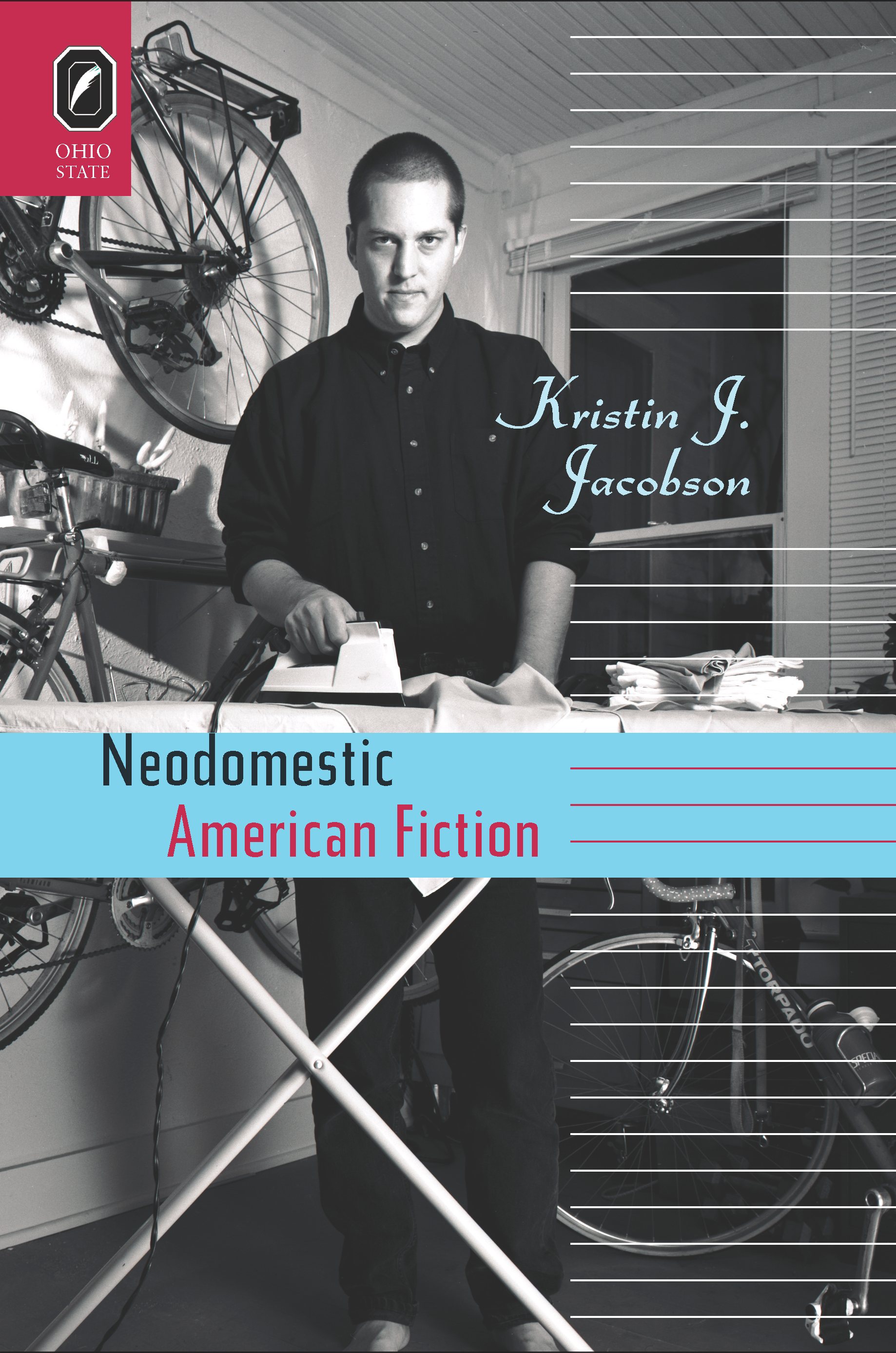Neodomestic American Fiction
The Ohio State University Press (2010)
American domestic fiction provides a window into American culture at the local, national, and global scales. Homeownership reflects and determines our economic health; homemaking signals our cultural values. The ways in which we make home and how literature defines home give us insight into how and what it means to be “American.” Domesticity’s significance to the study of American literature and culture is perhaps best registered by its centrality in numerous works of literature, including fiction traditionally labeled domestic fiction as well as prose, poetry, drama, and art not conventionally considered a part of the genre. By reconstructing a literary and cultural history of domesticity and investigating homemaking in nineteenth-, twentieth-, and twenty-first- century fiction, I demonstrate domesticity’s pivotal position in the study of American literature and culture as well as the interlocking spheres of gender, sexuality, race, class, and nation.
Argument
Conventional plot-based analysis of domestic fiction places its demise in the late nineteenth century, generally understands the genre as women’s fiction, and emphasizes its stabilizing politics. Employing a spatial lens, I argue that domestic fiction remains an important genre throughout the nineteenth and twentieth centuries and constitutes two distinctly gendered strands: masculine and feminine domestic fiction. A collection of novels that I call “neodomestic fiction” emerges in 1980. This sub-genre mixes and recycles domesticity’s traditionally gendered forms, changing domestic fiction’s politics. Rather than produce conventional, stable single-family homes, neodomestic fiction destabilizes and expands the American home’s traditional definition.
Contribution to the Field
We currently lack a comprehensive study of domesticity that connects writing by and focused on men as well as women and that bridges the late nineteenth and late twentieth centuries. My book project begins to fill this gap in our scholarship.
My project expands and changes our current understanding of domestic fiction’s generic and political characteristics. In my research I do the following:
- Expand and trace domestic fiction’s literary history through the twenty-first century.
- Expand domestic fiction’s definition and literary history to include fiction by and about men as well as women.
- Establish the benefits for a spatially defined rather than plot-based genre because a spatial lens more easily connects narratives from a broader range of cultural and economic situations.
- Identify and define a collection of novels, which I call neodomestic fiction, that emerge in the 1980s. These novels recycle domestic fiction’s traditional definition and politics, advancing a politics of instability and characterized by an emphasis on domestic mobility, renovation and redesign, and relational space.
Additionally, my research contributes to interdisciplinary work in literature, cultural studies, geography, and architecture that addresses America’s housing problems, including the lack of affordable housing, suburban sprawl, and the uneven distribution of the economic health homeownership supplies.
Teaching Applications
The project’s broad coverage of American culture and literature—from Washington Irving’s “Rip Van Winkle” (1819), to Susan Warner’s The Wide, Wide, World (1850), to Sandra Cisneros’s The House on Mango Street to (1984), to Jane Smiley’s Good Faith (2003)—connects to both highly specialized courses in women’s literature, the novel, and twentieth-century American literature as well as broad survey courses. My treatment of several major writers in the nineteenth, twentieth, and twenty-first centuries (including William Dean Howells, Louisa May Alcott, Don DeLillo, Toni Morrison) as well as lesser-studied modern writers (John Edgar Wideman, Lan Cao, Barbara Kingsolver) deepens my range of expertise in the classroom. My spatial lens also translates into the classes I teach in Women’s, Gender and Sexuality Studies and General Studies. My book project can be used to encourage students to think more critically about the everyday—phenomena often perceived to be apolitical, trivial, and separate from “larger” concerns.
Relevance to Future Research
My next major project, building off the article I published in Genre, will look at another type of spatial narrative, the American “adrenaline narrative.”
